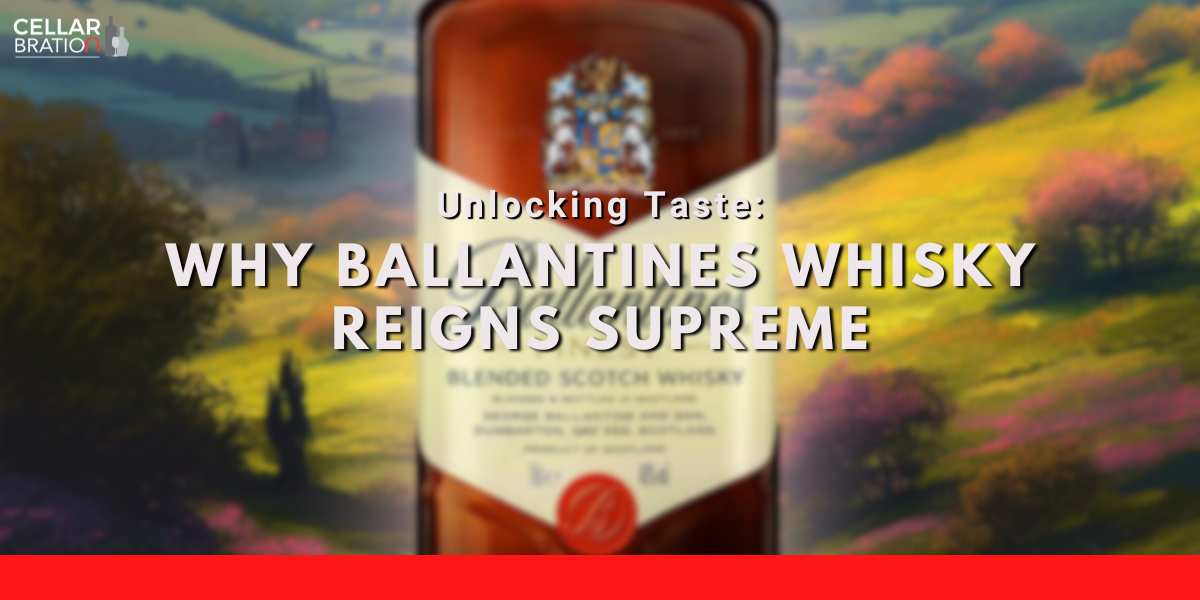
For the beginner wine connoisseur, there are little more than four forms of wines - namely red, white, dessert wines, and champagne. Thankfully, centuries of wine history has granted us with much more complex variations than the above three main categories. The contemporary wine scene has opened our eyes to the wider horizon, introducing numerous wines such as prosecco, moscato, and rosé. Unfortunately, the sudden influx of varieties can leave a wine newbie… bedazzled. What exactly is the difference between these fancily-named wines - and more importantly, do I need to know?
Sparkling Wines
Our journey first explores a name almost synonymous with “dessert wines” - moscato. Unbeknownst to most, moscato is named for the grape Muscat that moscatos are made from. Hailing from the Italian region of Piedmont, moscato has recently rapidly risen in popularity for its “sweetness”, and relatively low alcohol content; moscato has only approximately 5.5% ABV as compared to the usual ~13% found in their red and white cousins.
Ironically, some “sweetness” in still moscatos commonly interpreted in moscatos is actually contributed by the sweet and fruity aromatics of Muscat grapes - this results in a relatively low calorie count for most moscatos, perfect for counting calories (while having fun). A more familiar form of moscato however, may be a bubbly moscato. Moscato d’Asti is an incredibly popular moscato, featuring strong aromas and hints of sweetness balanced with refreshing acidity and light bubbles.
Like Moscato d’Asti, prosecco wine is one of Italy’s favourite sparklers. Crafted in the Valdobbiadene region of Italy (close to Venice), prosecco is made from the Glera grape, formerly known as the prosecco grape. Utilising a dual fermentation technique, producers first make a base wine followed by a traditional method such as the Charmat-Martinotti tank method, a secondary additional fermentation in state-of-the-art stainless steel tanks. This method of fermentation allows for a more fruit-forward flavour profile, with larger bubbles.
These characteristics play perfectly with fruit juice for a light mimosa; just be sure to keep to the 2 parts prosecco, 1 part lemon juice (or orange juice) ratio, and serve in a champagne flute. In addition, prosecco is wallet-friendly - a popular prosecco can be had for approximately $20.
However, the key to purchasing prosecco is taking note of the levels of sweetness. While dry is often the opposite of sweet in most cases with wine, dry prosecco is actually the sweetest, containing up to a gram of sugar per glass! proseccos with lesser sweetness are termed extra dry (just over a gram of sugar per glass), and brut (up to half a gram of sugar per glass). So if you’re looking for something leaning toward the candied end of the spectrum, be sure to look for the dry prosecco variant.
Champagnes
Another (arguably more popular) sparkling wine would be champagne. Also more intimately known to some as the “bubbly”, champagne is a regular at most celebratory events such as competitions and weddings.
Have you ever wondered why champagne, and not moscato or prosecco that takes the prestigious mantle of being the bottle that marks the start of any celebration? Well, champagne boasts historical roots against which no other wines can compare. The creation of champagne removed the need for any rituals that defined the 19th century; need to christen a ship? Champagne. Bless a wedding? Champagne. That tradition has carried on since.
But why champagne? Well, the effervescence, of course! Each bottle of champagne is individually bottled, allowing the secondary fermentation within each bottle to be much more intimate; manifesting on the palate. Champagne bears a more creamy, textured, brioche-like palate. This bottled fermentation also encourages a more delicate, more elegant stream of bubbles.
While it’s easy to disregard the bubbly in this modern age, it’s important to remember the steps that champagne has taken to reach this stage; the technology to cork drinks with carbon dioxide only started a little over 500 years ago. Furthermore, the perfection of the art took over a century to perfect. Unfortunately, most popped champagne isn’t necessarily drunk (what a waste); it’s more of a symbolic gesture - the visual of foam overflowing from the bottle when popping champagne represents the abundance of joy.
Champagne isn’t intentionally not drunk because of poor flavours; because that would be rather silly. Originally from the Champagne region in France, Champagne is primarily made from the grape Pinot Noir. Most of champagne’s popularity hails from sheer marketing. First advertised as a royal, aristocratic drink, champagne was only enjoyed among the wealthy in the past. Thankfully, such times have changed - now anyone can enjoy a glass of France’s finest.
Rose Wine

Perhaps the changing of times has also brought the advent of rosé. Riding on the trend of rose coloured anything, rosé took the world by storm in the 2010s. A wine that incorporates the colour of grape skins to obtain gorgeous shades of pink, rosé is the product of a process more than a particular grape. One Saignée (french bleeding) method happens when a winemaker wishes to add more colour to their red wine; by removing surplus “‘pink juice” from the vat at an early stage in order to encourage higher concentration in the remaining red wine. This pink fluid is then fermented into the rosé that we know and love today.
Infused with aromas and flavours from grape skins, most rosés are often noted to be relatively sweet and an ideal pairing for light dishes such as seafood and salads. In addition, rosés are affordable (à la this Spanish rosé). Thankfully, prosecco, moscato, champagne, and rosés are all delicious beverages for spicy Singaporean fare (yum). Encompassing a variety of flavours, almost any Singaporean favourite can be paired with these fabulous wines - perfect for any Singaporean household. The next time you’re looking around for a wine to gift or to wind down with, don’t just settle for dull old reds and whites, be more adventurous!
Where to Order Your Wine
Here at Cellarbration, we have a wide selection of wine and spirits. Let us be your preferred choice for wine delivery! With a business model that combines great value, best alcohol delivery services with our friendly team and provides the premier services for all out valued customers.





